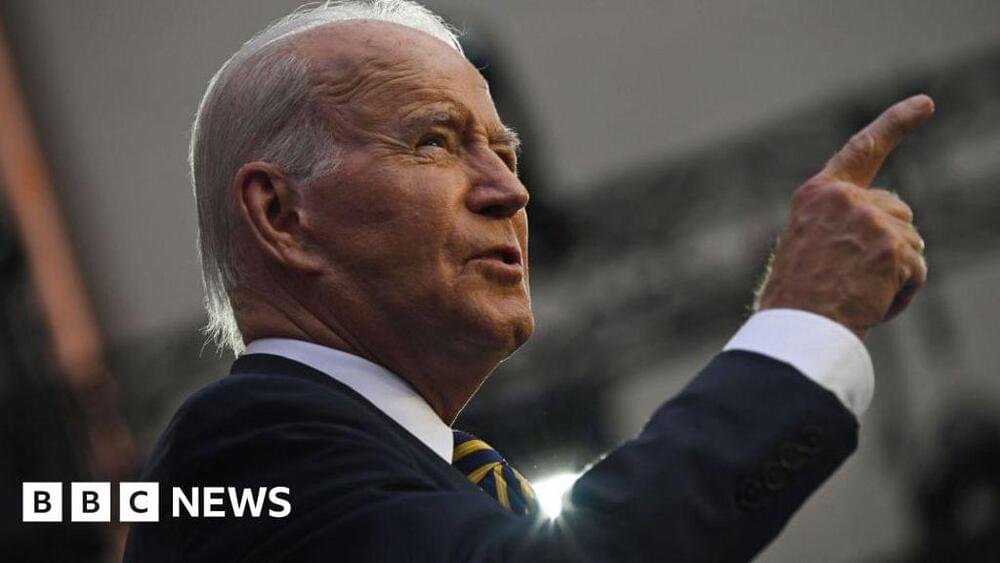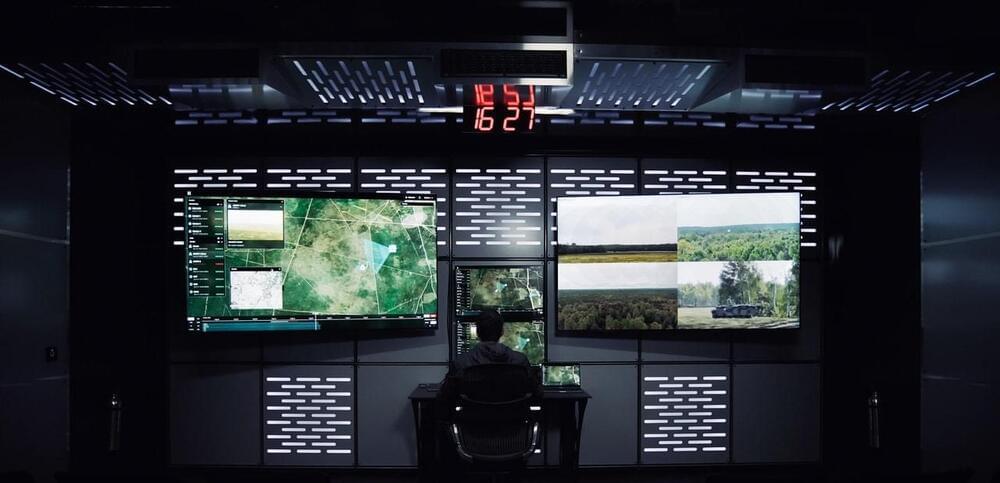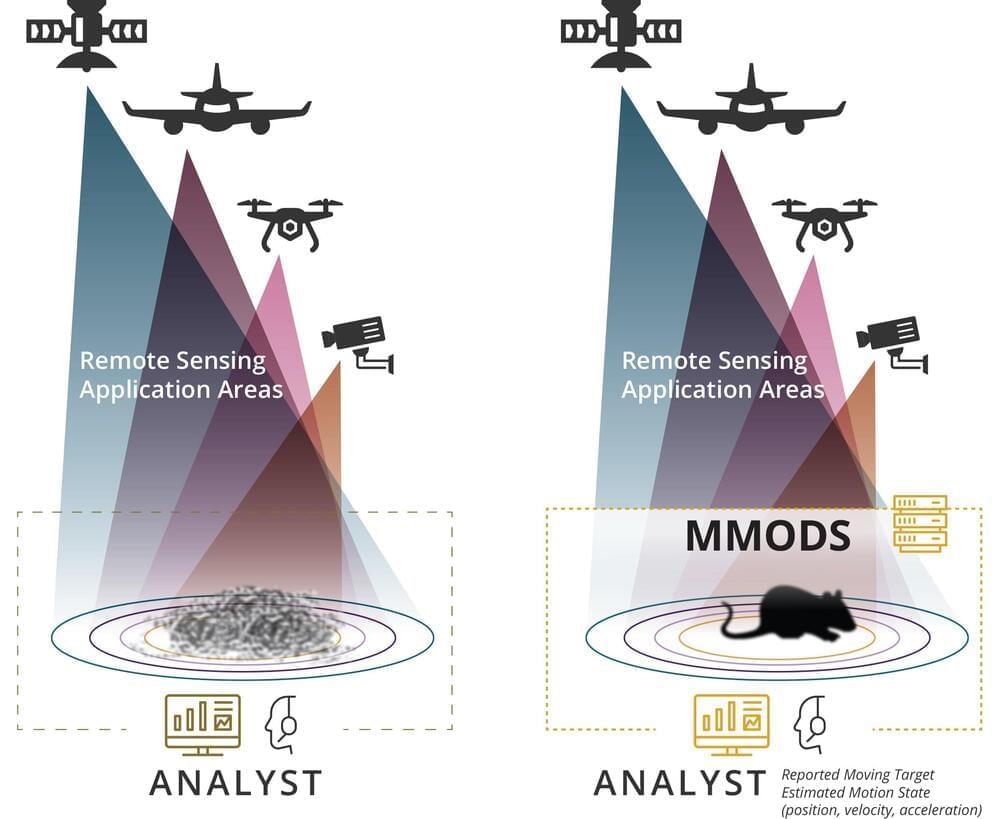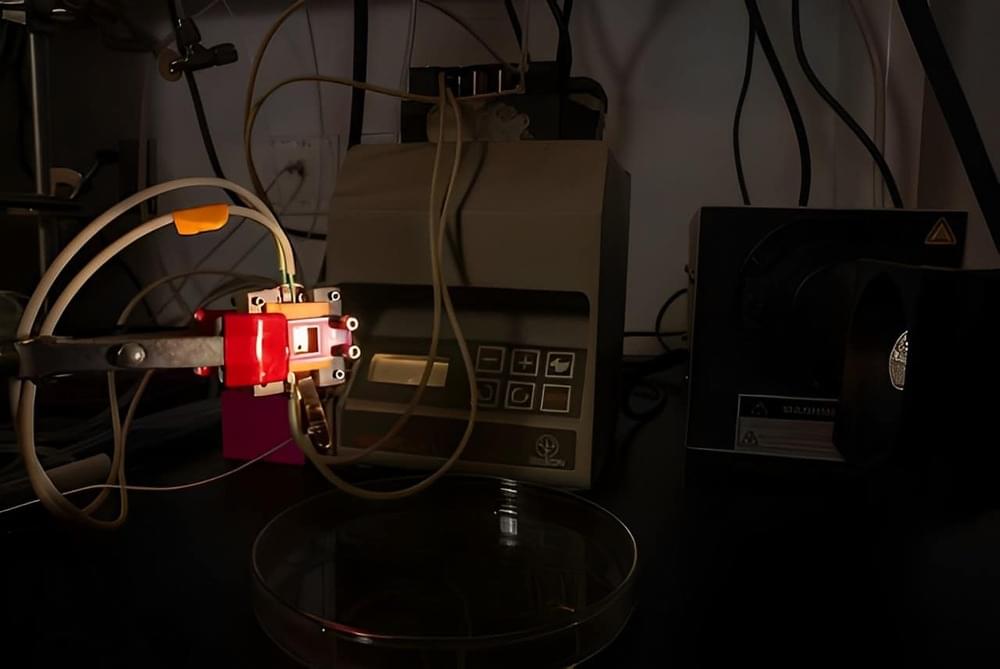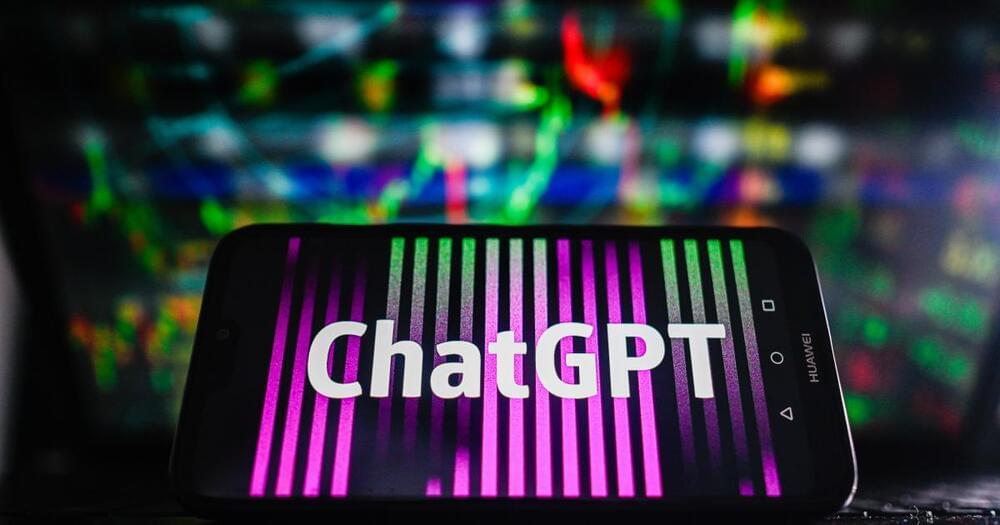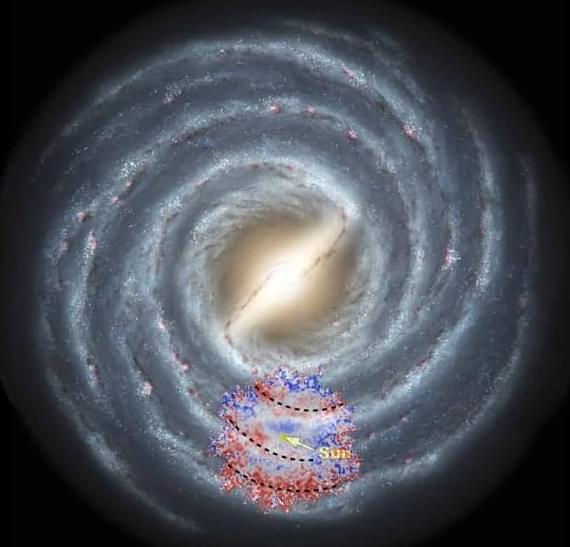Is this hat conscious?
New videos DAILY: https://bigth.ink.
Join Big Think Edge for exclusive video lessons from top thinkers and doers: https://bigth.ink/Edge.
Panpsychism is the idea that there is an element of consciousness in everything in the universe. The theory goes like this: You’re conscious. Ben Goertzel is conscious. And his hat is conscious too. What if consciousness isn’t about the brain at all, but it’s as inherent to our universe as space-time?“Now, panpsychism, to me, is not even that interesting, it’s almost obvious — it’s just the foundation, the beginning for thinking about consciousness… ” says Goertzel. It’s what comes after that excites him, like the emerging technology that will let us connect our minds to bricks, hats, earthworms, other humans, and super AGIs like Sophia, and perhaps glimpse at the fabric of consciousness. Goertzel believes brain-brain interfacing and brain-computer interfacing will unfold in the coming decades, and it’s by that means that we may finally crack the nut of consciousness to discover whether panpsychism makes any sense, and to learn why humans are so differently conscious than, for example, his hat.
Ben Goertzel is CEO and chief scientist at SingularityNET, a project dedicated to creating benevolent decentralized artificial general intelligence. He is also chief scientist of financial prediction firm Aidyia Holdings and robotics firm Hanson Robotics; Chairman of AI software company Novamente LLC; Chairman of the Artificial General Intelligence Society and the OpenCog Foundation. His latest book is AGI Revolution: An Inside View of the Rise of Artificial General Intelligence.
TRANSCRIPT:
BEN GOERTZEL: Consciousness is one of these great vexing and confusing words and concepts, which intelligent people take different positions on and could argue about forever. My own perspective on consciousness is rooted in what you could call a sort of panpsychism, by which I mean the idea that consciousness is in essence a property eminent in existence, as much as space and time are. I mean everything that we see around us somehow is situated in time and in space, in our space-time continuum; panpsychism is the idea that everything around us and within us has some element of consciousness to it also, so that it’s not really meaningful to think of: ‘Here’s this non-conscious matter and then there’s this thing called consciousness, which is attached to some matter and not to others.’ Now panpsychism to me is not even that interesting, it’s almost obvious — it’s just the foundation, the beginning for thinking about consciousness because then you have interesting questions like why is the consciousness associated with my brain so much more self-reflective and dynamic and in some senses intense than, say, the consciousness associated with my hat? I mean, it’s a cool hat, it may be more conscious than the average hat, but in the end the brain has these complex feedback loops, the brain can model itself, the brain responds very differently to slightly different stimuli coming in and many properties of the brain seem associated with the more powerful and dynamic states of consciousness that it has relative to other things. So, if you accept panpsychism, that everything is imbued somehow with an element of consciousness, some things can still be more conscious than others and some things are differently conscious than others. And then that’s where things get interesting.
